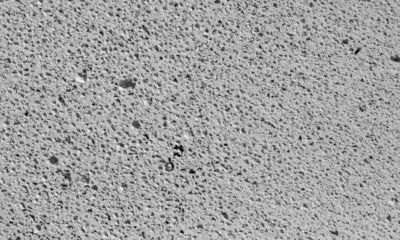With the recent news that schools are due to close, as reported by the BBC, discovering structural issues related to Reinforced Autoclaved Aerated Concrete beams has brought to light the critical importance of safety in educational institutions.
These closures, while disruptive, underscore the unwavering commitment to ensuring the well-being of students and staff, as well as the need for rigorous inspection and maintenance protocols when using innovative building materials like RAAC. It’s a reminder that while sustainability and efficiency are essential, they must always be balanced with safety and the uninterrupted flow of education.
What is RAAC Concrete?
Like many post-war design innovation and developments within the construction industry, RAAC (lightweight, aerated concrete) was seen as a flexible, commercially attractive alternative to traditional concrete, correctly installed and as importantly, maintained there shouldn’t be any issues.
Unlike traditional concrete, RAAC, isn’t made with aggregate, making it less durable, with a shorter lifespan (25-30 years) creating issues on existing buildings, not just schools, built in the late 60’s.
CCUK, have worked with several of the UK’s leading structural designers throughout the UK, looking at various buildings that have RAAC installed, that, often have developed problems in 2 or more areas, the 2 key aspects being, structural, strengthening performance or degradation (degrading of the RAAC planks) causing the concrete to ‘break-away’, ultimately reducing its strengthening capability.
Depending on the existing state of the RAAC planks themselves, CCUK, working closely with the structural designer, can, potentially offer a cost effective, time sensitive solution, with the design and installation of a Carbon Fibre or Glass fibre solution, stabilising and extending the lifespan of the structure.
Image courtesy off Sky News





